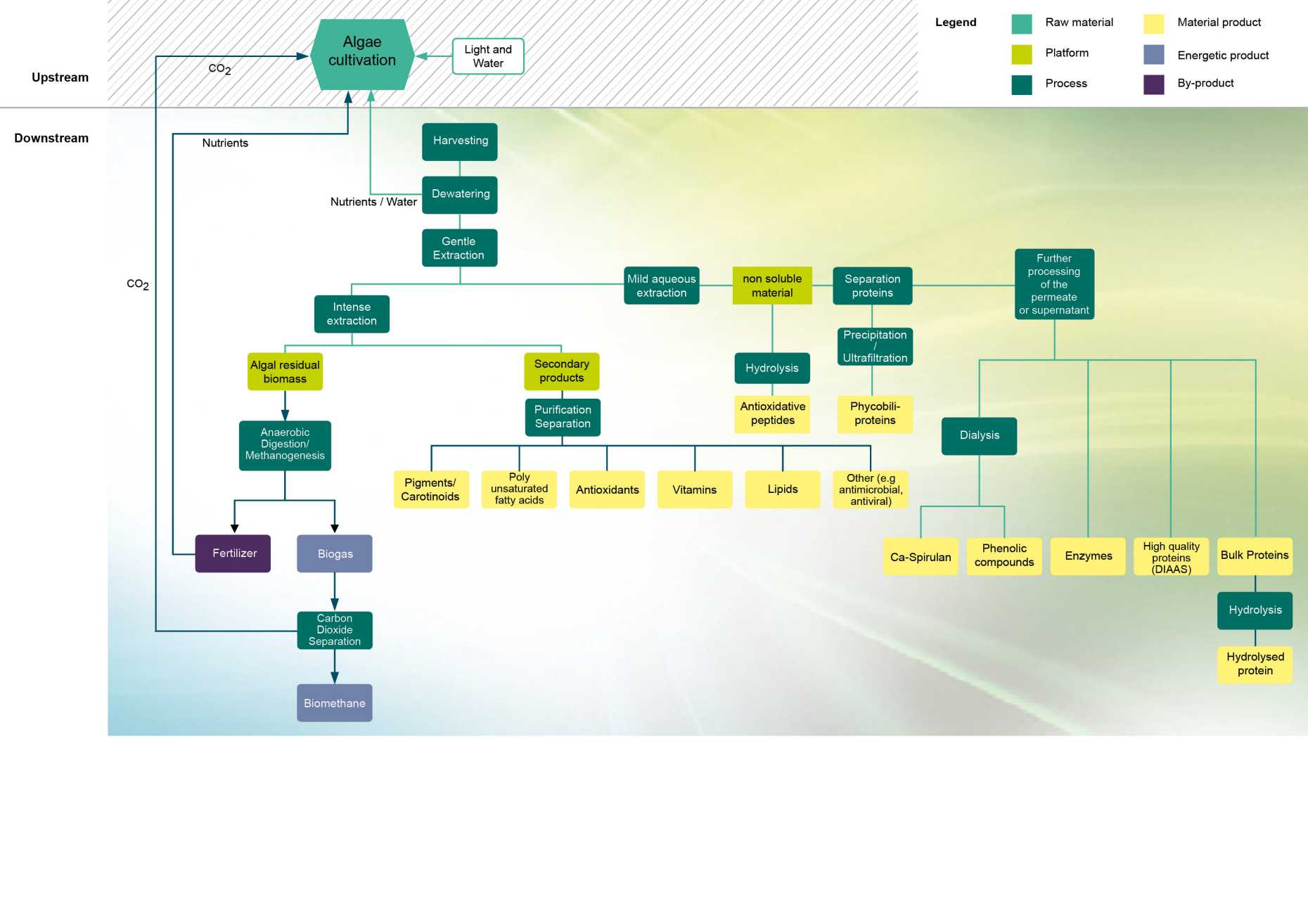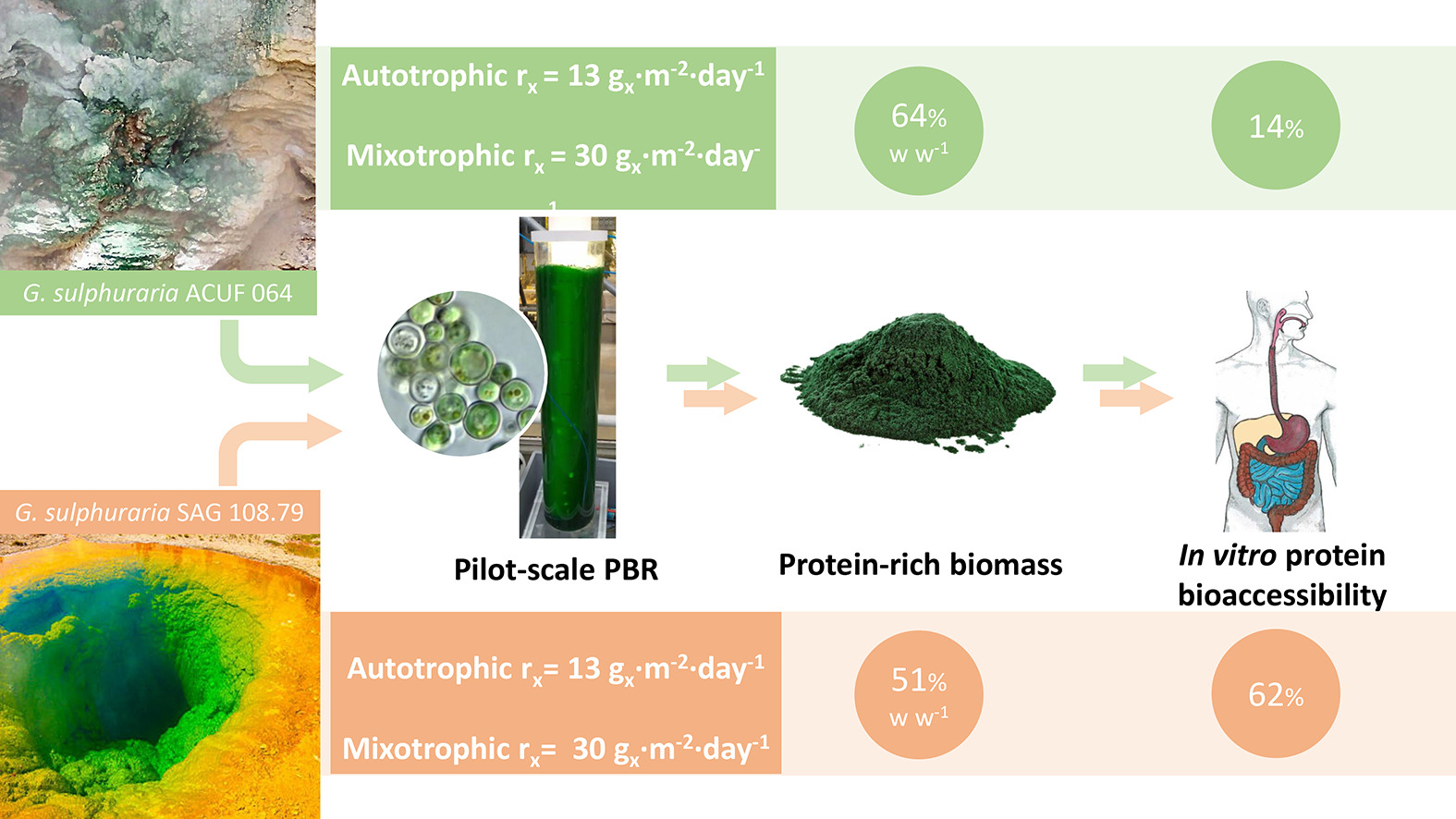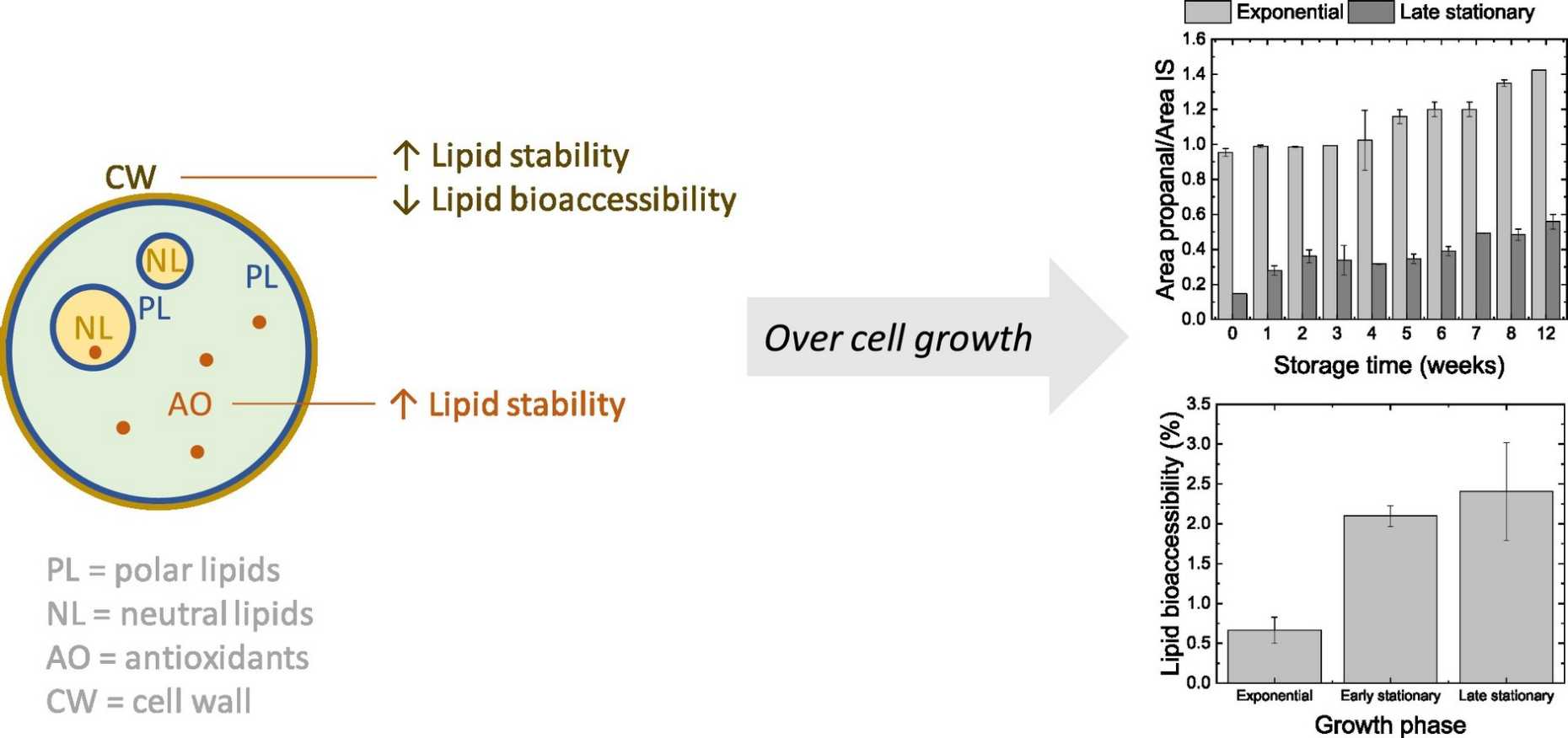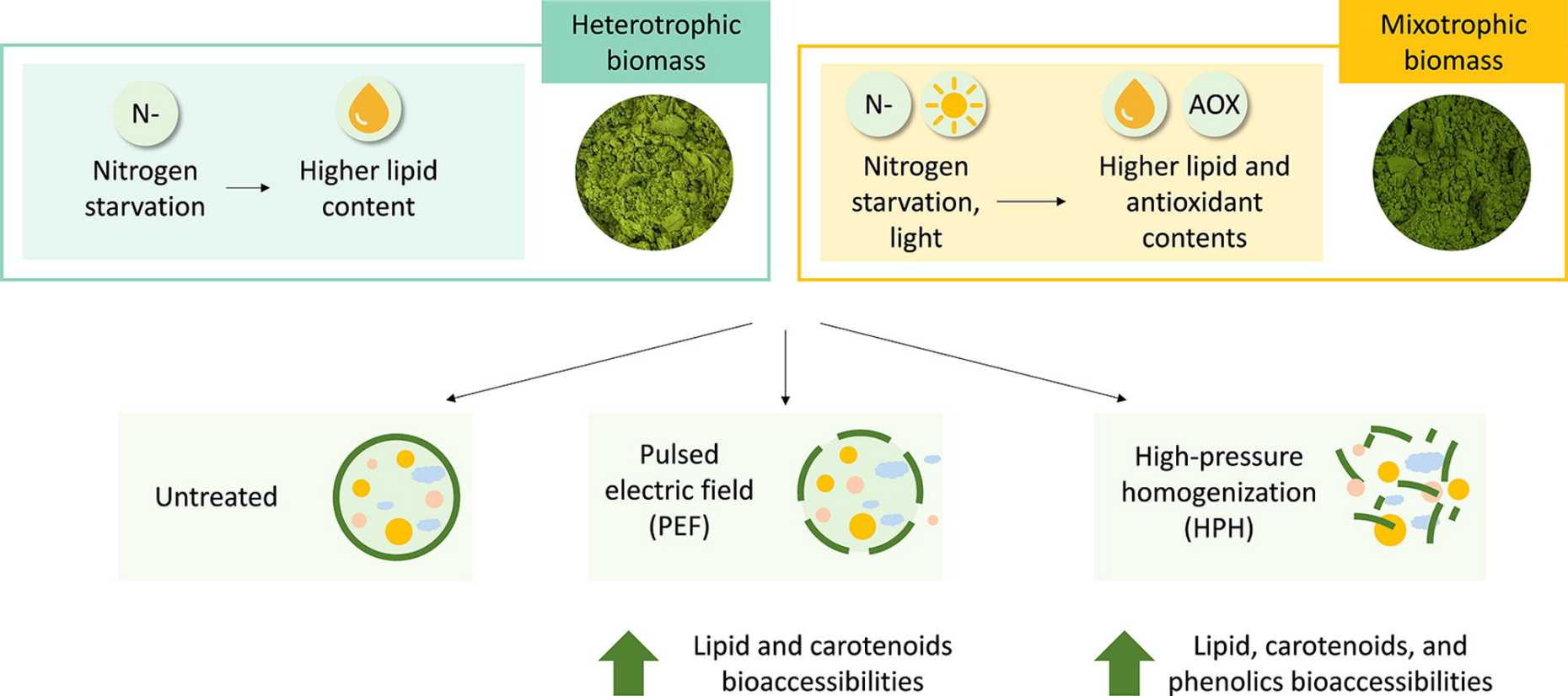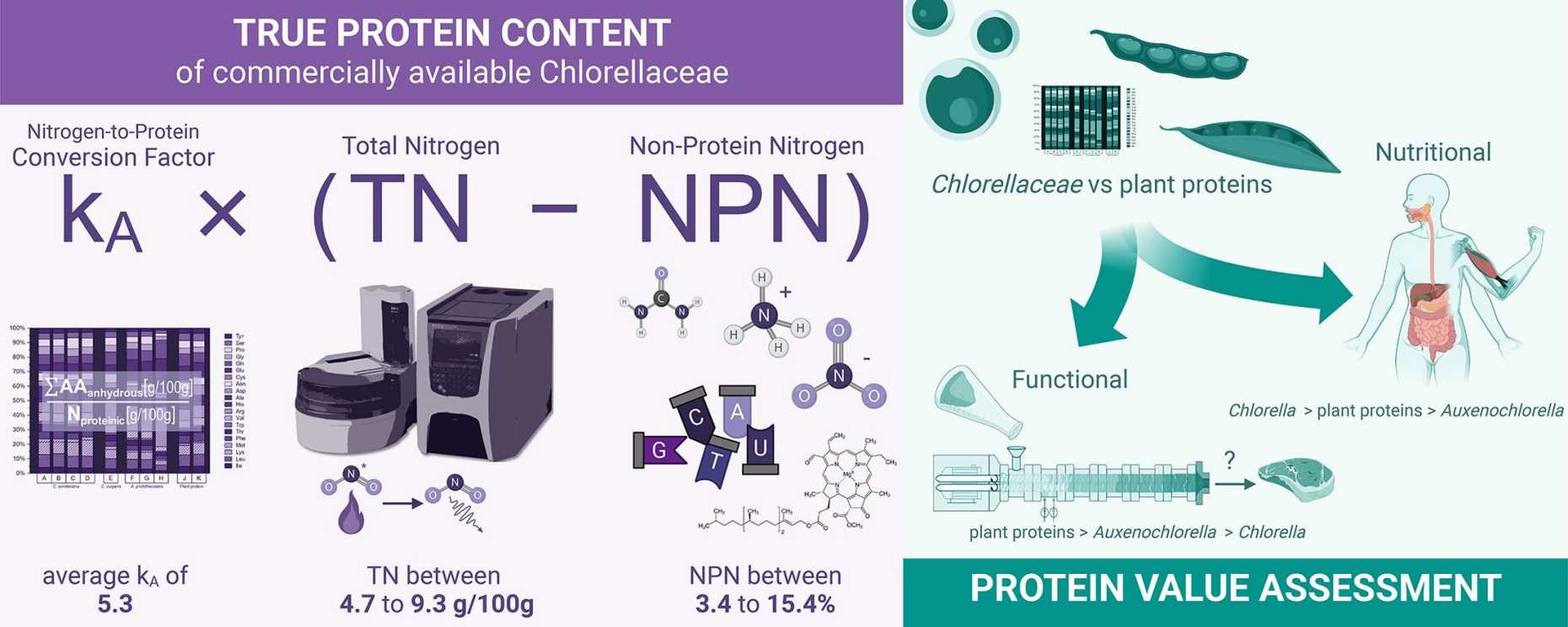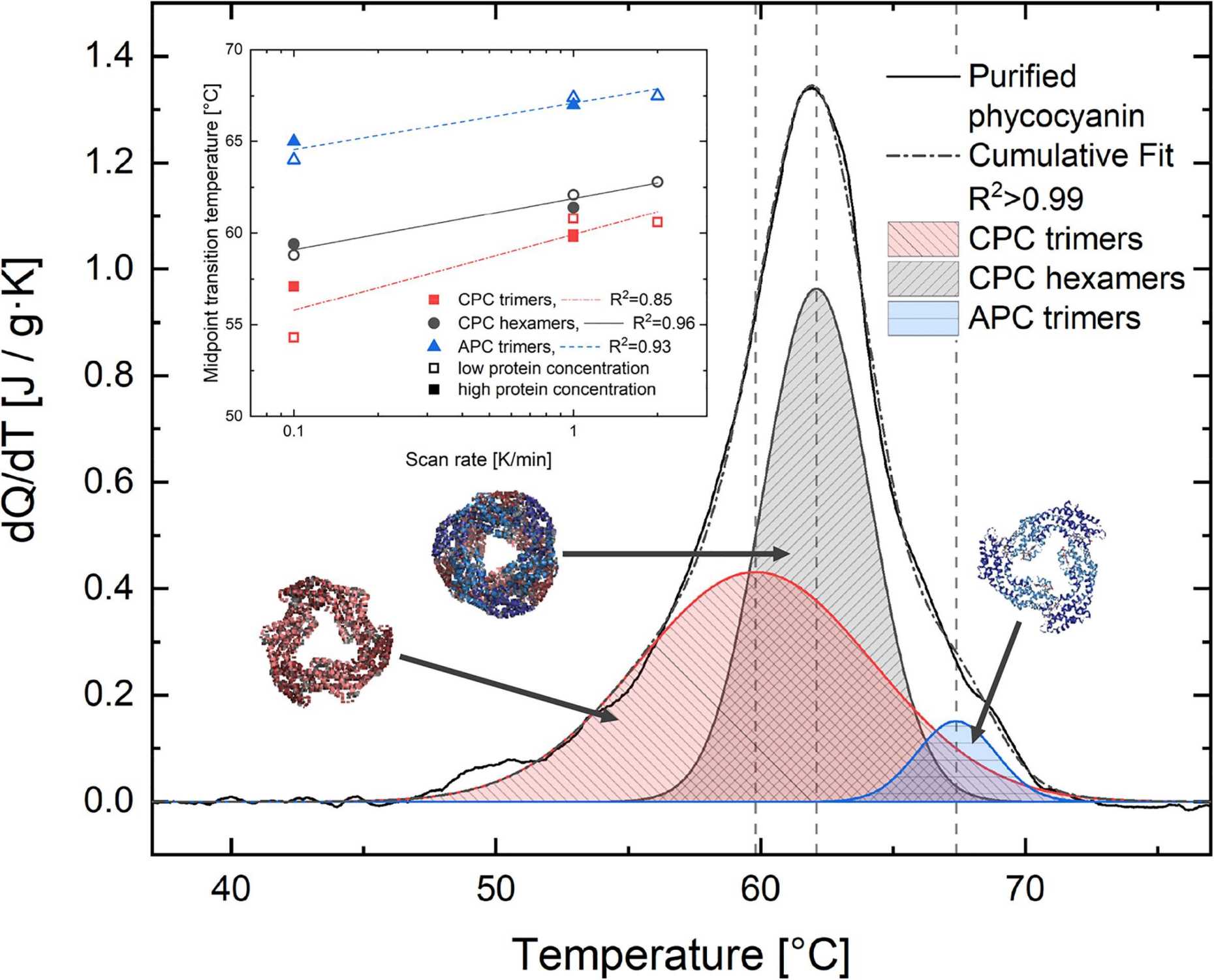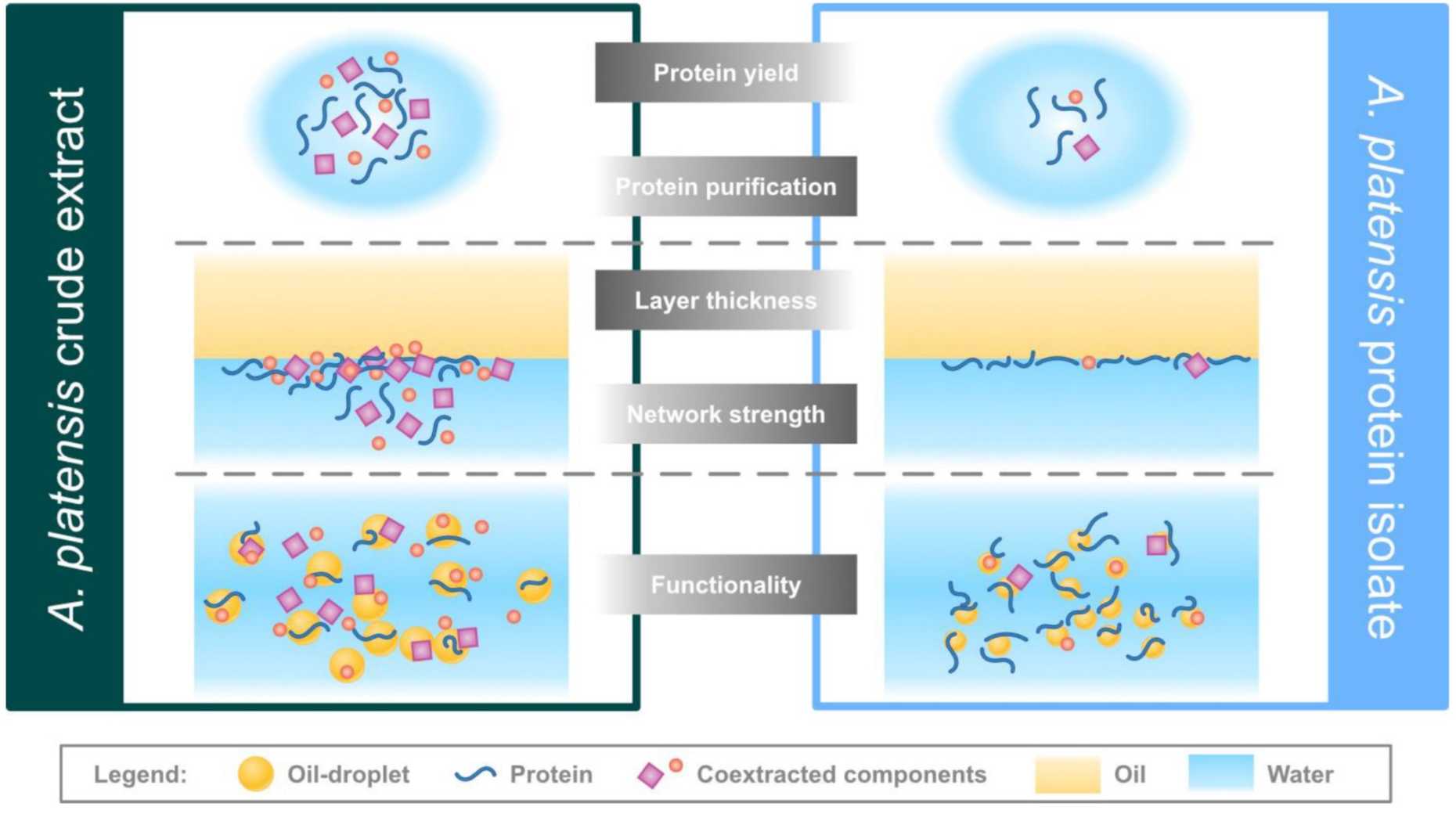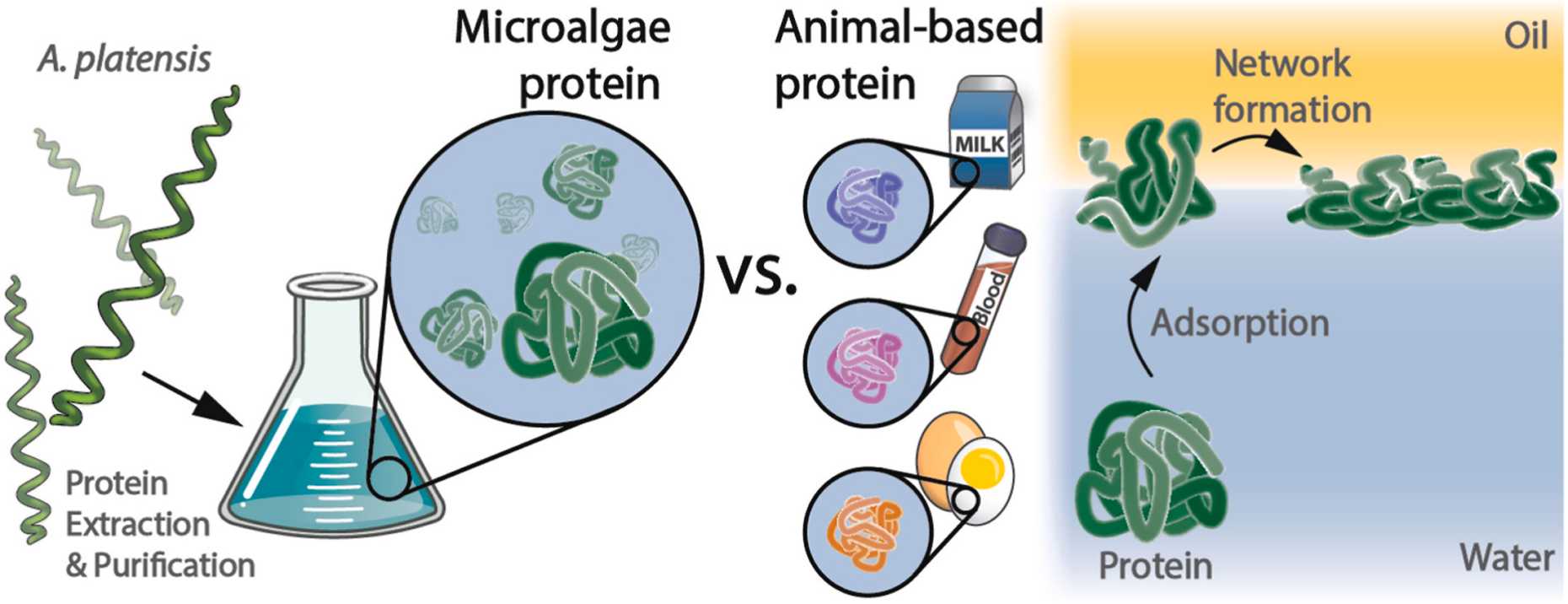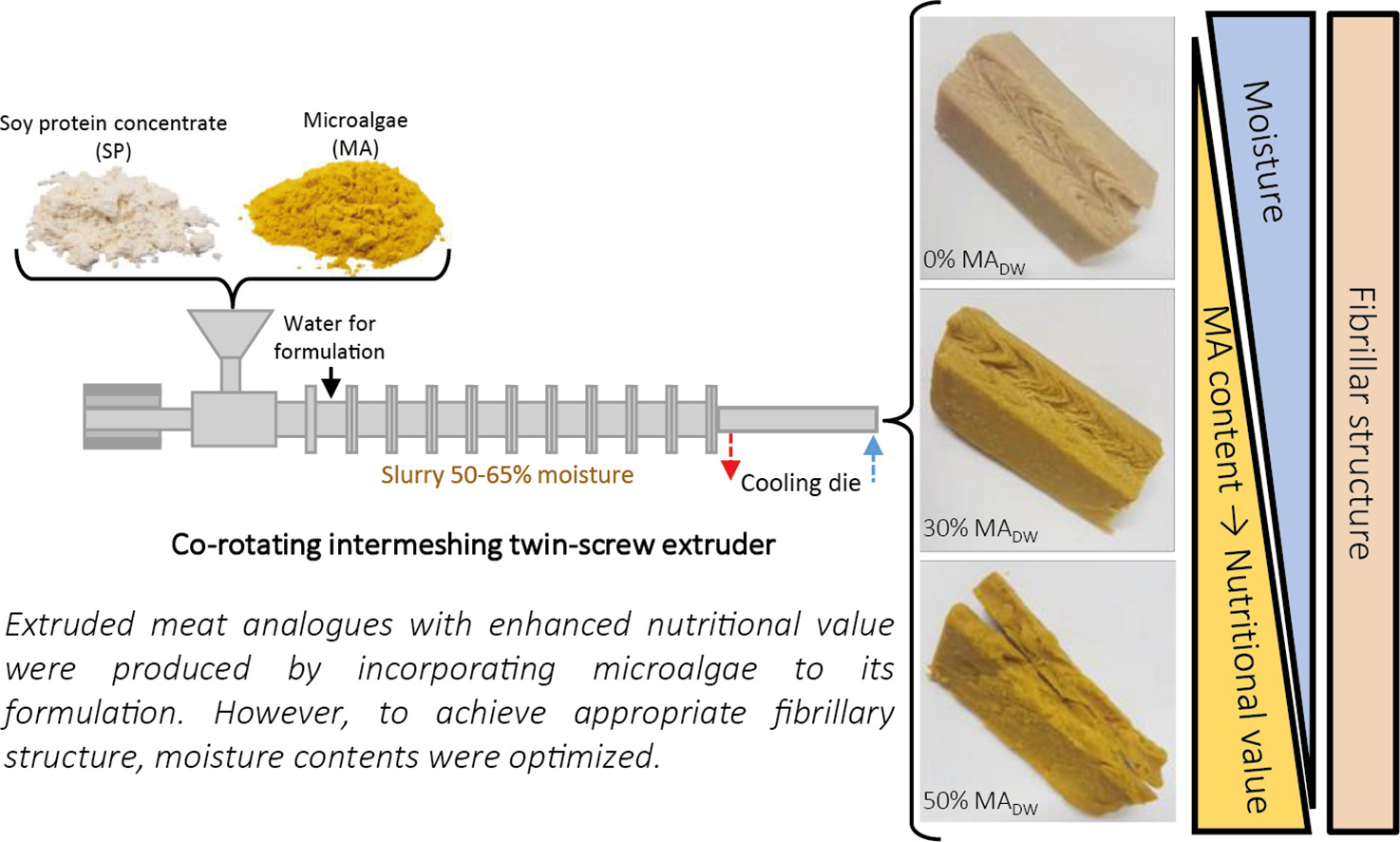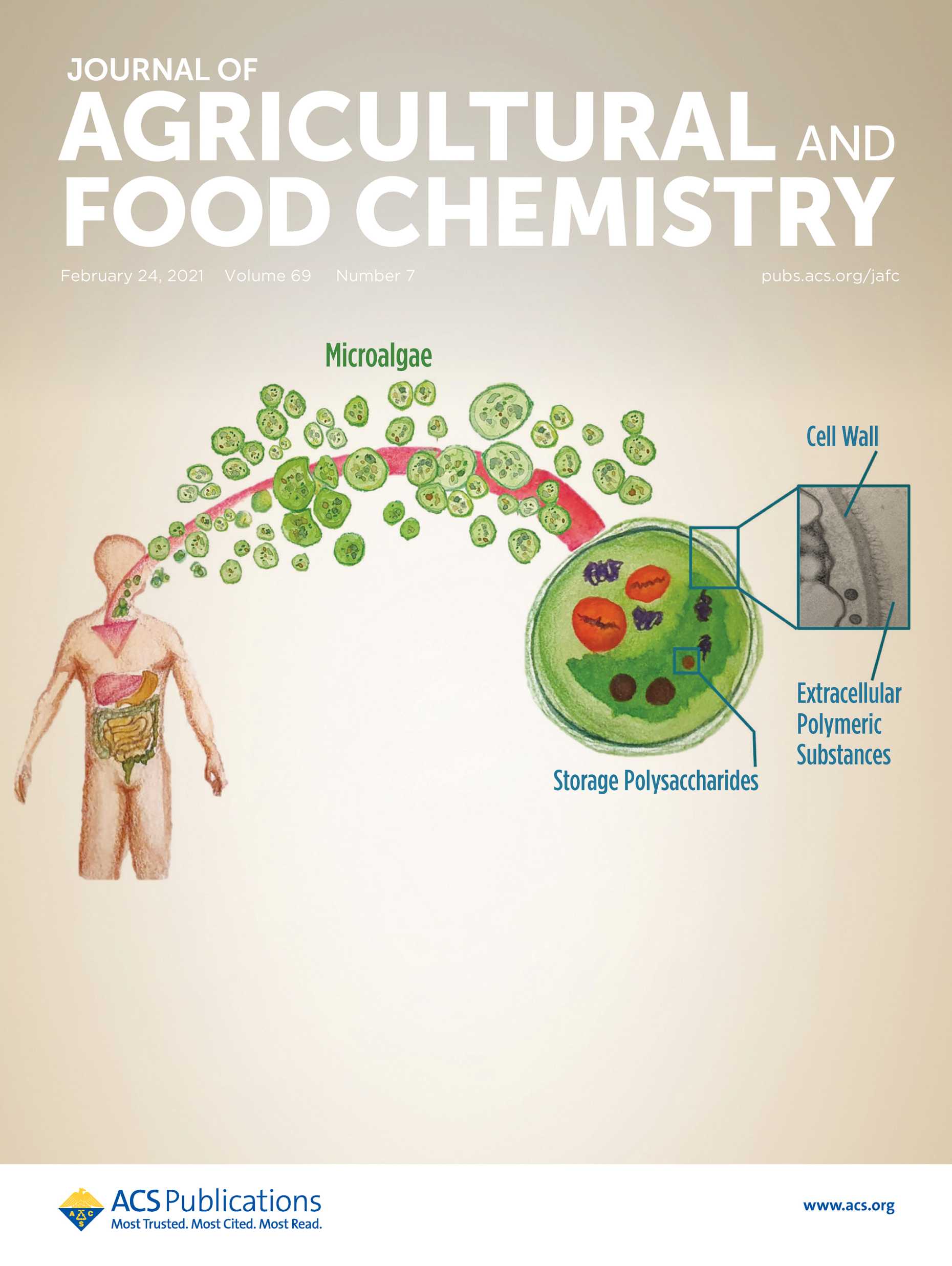Microalgae Biorefinery
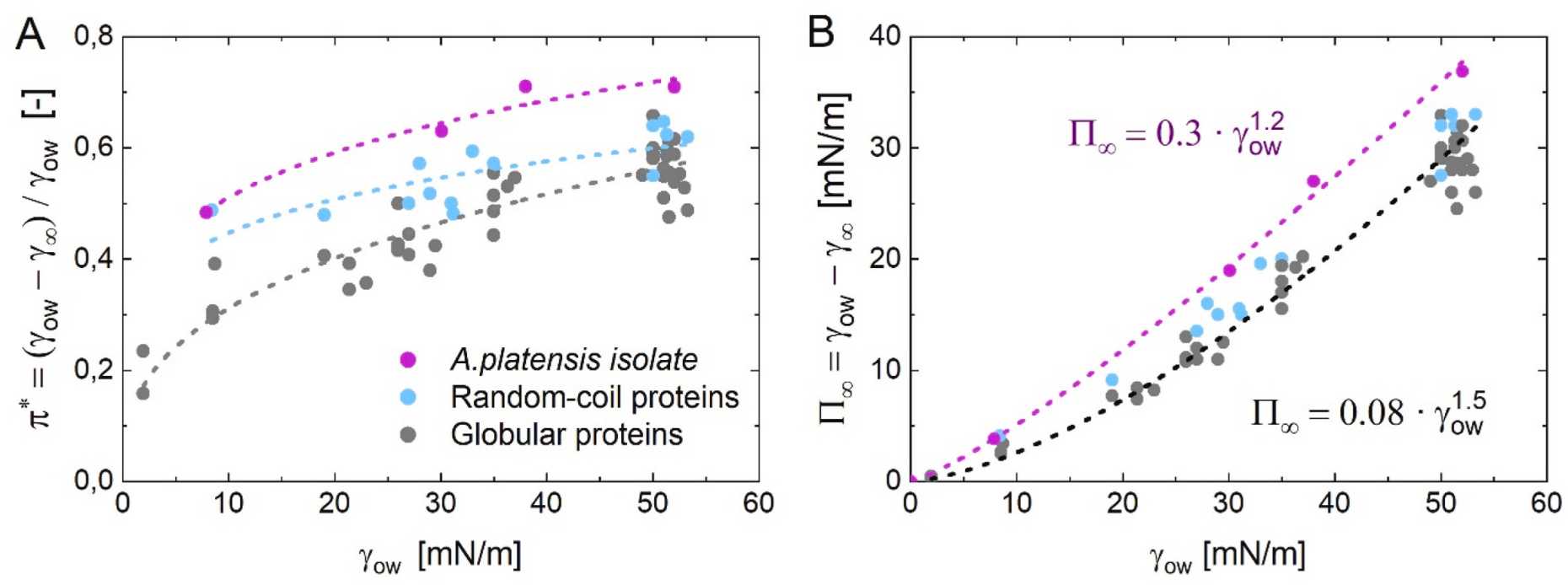
Microalgae have demonstrated potential to meet the population’s need for a more sustainable food supply, specifically with respect to protein demand. These promising protein sources present several advantages over other currently used raw materials from an environmental point of view. Additionally, one of the main characteristics of microalgae is the production of bioactive compounds with potential benefits for human health. Microalgae exploitation as a source of protein (bulk protein) and other valuable products within the food industry still presents some drawbacks, mainly because of the underdeveloped technologies and processes currently available for microalgae processing. The systematic improvement of the technology readiness level (TRL) could help change the current situation if applied to microalgae cultivation and processing. High maturity in microalgae cultivation and processing technologies also requires improvement of the economy of scale and investment of resources in new facilities and research. Antioxidative, antihypertensive, immunomodulatory, anticancerogenic, hepato-protective, and anticoagulant activities have been attributed to some microalgae-derived compounds such as peptides. Nevertheless, research on this topic is scarce and the evidence on potential health benefits is not strong. In the last years, the possibility of using microalgae-derived compounds for innovative functional food products has become of great interest, but the literature available mainly focuses more on the addition of the whole cells or some compound already available on the market. This review describes the status of utilising microalgae as an ingredient in innovative food products with potential health benefits.
Selected publications
Caporgno, M. & Mathys, A. 2018. Trends in microalgae incorporation into innovative food products with potential health benefits. Frontiers in Nutrition 5:58. external pageDOIcall_made
Sägesser, Kallfelz, Boulos, Hammer, Böcker, Portmann, Nyström & Mathys 2023. A novel approach for the protein determination in food-relevant microalgae. Bioresource Technology, 390, 129849. external pageDOIcall_made
Bertsch, Böcker, Palm, Bergfreund, Fischer & Mathys 2023. Arthrospira platensis protein isolate for stabilization of fluid interfaces: Effect of physicochemical conditions and comparison to animal-based proteins. Food Hydrocolloids, 136, 108290. external pageDOIcall_made
Canelli, G., Abiusi, F., Garcia, A.V., Canziani, S., & Mathys, A. 2023. Amino acid profile and protein bioaccessibility of two Galdieria sulphuraria strains cultivated autotrophically and mixotrophically in pilot-scale photobioreactors. Innovative Food Science & Emerging Technologies, vol. 84, 103287. external pageDOIcall_made
Canelli, G., Tevere S., Jaquenod L., Dionisi, F., Rohfritsch, Z., Bolten, C. J., Neutsch, L. & Mathys, A. 2022. A novel strategy to simultaneously enhance bioaccessible lipids and antioxidants in hetero/mixotrophic Chlorella vulgaris as functional ingredient.
Bioresource Technology, vol. 347, pp. 126744. external pageDOIcall_made
Böcker, L, Bertsch, P., Wenner, D., Teixeira, S., Bergfreund, J., Eder, S., Fischer, P.A. and Mathys A. 2021. Effect of Arthrospira platensis microalgae protein purification on emulsification mechanism and efficiency. Journal of Colloid and Interface Science, 584, 344-353. external pageDOIcall_made
Bertsch, P., Böcker, L., Mathys, A. & Fischer, P. A. 2021. Proteins from microalgae for the stabilization of fluid interfaces, emulsions, and foams. Trends in Food Science & Technology, 108: 326 - 342. external pageDOIcall_made
Canelli, G., Kuster, I., Jaquenod L., Buchmann L., Murciano Martínez, P., Rohfritsch, Z., Dionisi, F., Bolten, C. J., Nanni P. & Mathys, A. 2021. Pulsed electric field treatment enhances lipid bioaccessibility while preserving oxidative stability in Chlorella vulgaris.
Innovative Food Science & Emerging Technologies, vol. 75, pp. 102897. external pageDOIcall_made
Canelli, G., Murciano Martínez, P., Austin, S., Ambühl, M., Dionisi, F., Bolten, C. J., Carpine, R., Neutsch, L. & Mathys, A. 2021. Biochemical and morphological characterization of heterotrophic Crypthecodinium cohnii and Chlorella vulgaris cell walls. Journal of Agricultural and Food Chemistry, 69: 2226 - 2235. The article was selected for the cover of the issue (https://pubs.acs.org/toc/jafcau/69/7) external pageDOIcall_made
Canelli, G., Murciano Martínez, P., Maude Hauser, B., Kuster, I., Rohfritsch, Z., Dionisi, F., Bolten, C. J., Neutsch, L. & Mathys, A. 2021. Tailored enzymatic treatment of Chlorella vulgaris cell wall leads to effective disruption while preserving oxidative stability. LWT- Food Science and Technology: 111157. external pageDOIcall_made
Haberkorn, I., Siegenthaler, L., Buchmann, L., Neutsch, L. & Mathys, A. 2021. Enhancing single-cell bioconversion efficiency by harnessing nanosecond pulsed electric field processing. Biotechnology Advances, 319, 124173. external pageDOIcall_made
Haberkorn, I., Buchmann, L., Häusermann, I. & Mathys, A. 2021. Nanosecond pulsed electric field processing of microalgae based biorefineries governs growth promotion or selective inactivation based on underlying microbial ecosystems. Bioresource Technology, 319, 124173. external pageDOIcall_made
Haberkorn, I., Off, C. L., Besmer, M., Buchmann, L. & Mathys, A. 2021. Automated online flow cytometry advances microalgal ecosystem management as in situ, high-temporal resolution monitoring tool. Frontiers in Bioengineering and Biotechnology, external pageDOIcall_made
Canelli, G., Tarnutzer, C., Carpine, R., Neutsch,L., Bolten, C.J., Dionisi, F. and Mathys, A. 2020. Biochemical and nutritional evaluation of Chlorella and Auxenochlorella biomasses relevant for food application. Frontiers in Nutrition. 7:565996. external pageDOIcall_made
Haberkorn, I., Walser J-C., Helisch, H., Böcker, L.,Belz, S., Schuppler, M., Fasoulas, S. & Mathys, A. 2020. Characterization of Chlorella vulgaris (Trebouxiophyceae) associated microbial communities. Journal of Phycology, Oxford: Wiley. external pageDOIcall_made
Canelli, G., Neutsch, L., Carpine, R., Tevere, S., Giuffrida, F., Rohfritsch, Z., Dionisi, F., Bolten, C.J. and Mathys, A. 2020. Chlorella vulgaris in a heterotrophic bioprocess: study of the lipid bioaccessibility and oxidative stability. Algal Research, 45, 101754. external pageDOIcall_made
Caporgno, M., Böcker, L., Müssner, C., Stirnemann, E., Haberkorn, I., Adelmann, H., Handschin, S., Windhab, E.J. and Mathys, A. 2020. Extruded meat analogues based on yellow, heterotrophically cultivated Auxenochlorella protothecoides microalgae. Innovative Food Science and Emerging Technologies, 59, 102275. external pageDOIcall_made
Böcker, L, Hostettler, T.,Diener, M., Eder, S., Demuth, T., Adamcik, J., Reineke, K., Leeb, E., Nyström, L. and Mathys A. 2020. Time-temperature-resolved functional and structural changes of phycocyanin extracted from Arthrospira platensis/Spirulina. Food Chemistry, 316, 126374. external pageDOIcall_made
Buchmann, L., & Mathys, A. 2019. Perspective on Pulsed Electric Field Treatment in the Bio-based Industry. Frontiers in Bioengineering and Biotechnology, vol. 7, pp. 265. external pageDOIcall_made
Buchmann, L., Brändle, I., Haberkorn, I., Hiestand, M., & Mathys, A. 2019. Pulsed electric field based cyclic protein extraction of microalgae towards closed-loop biorefinery concepts. Bioresource Technology, vol. 291, pp. 121870, external pageDOIcall_made
Caporgno, M., Haberkorn, I., Böcker, L. & Mathys, A. 2019. Cultivation of Chlorella protothecoides under different growth modes and its utilisation in oil/water emulsions. Bioresource Technology. 288, 121476. external pageDOIcall_made
Buchmann, L., Bertsch, P., Böcker, L., Krähenmann, U., Fischer, P. & Mathys, A. 2019. Adsorption kinetics and foaming properties of soluble microalgae fractions at the air/water interface. Food Hydrocolloids, 105182. external pageDOIcall_made
Haberkorn, I., Buchmann, L., Hiestand, M. & Mathys, A. 2019. Continuous nanosecond pulsed electric field treatments foster the upstream performance of Chlorella vulgaris-based biorefinery concepts. Bioresource Technology, 122029. external pageDOIcall_made
Böcker L, Ortmann S., Surber J., Leeb E., Reineke K. and Mathys A. 2018. Biphasic short time heat degradation of the blue microalgae protein phycocyanin from Arthrospira platensis. Innovative Food Science & Emerging Technologies. 52, 116-121 external pageDOIcall_made
Buchmann, L., Bloch, R. & Mathys A. 2018. Comprehensive pulsed electric field (PEF) system analysis for microalgae processing. Bioresource Technology 265, 268-274. external pageDOIcall_made
Buchmann, L., Frey, W., Gusbeth, C., Ravaynia, P.S. & Mathys A. 2018. Effect of nanosecond pulsed electric field treatment on cell proliferation of microalgae. Bioresource Technology 271, 402-408. external pageDOIcall_made
Buchmann, L., Böcker, L., Frey, W., Haberkorn, I., Nyffeler, M. & Mathys, A. 2018. Energy input assessment for nanosecond pulsed electric field processing and its application in a case study with Chlorella vulgaris. Innovative Food Science and Emerging Technologies 47, 445-453. external pageDOIcall_made

